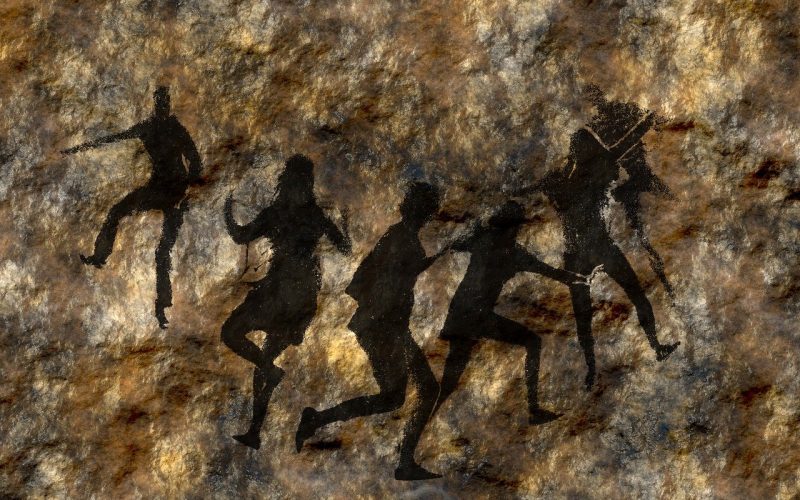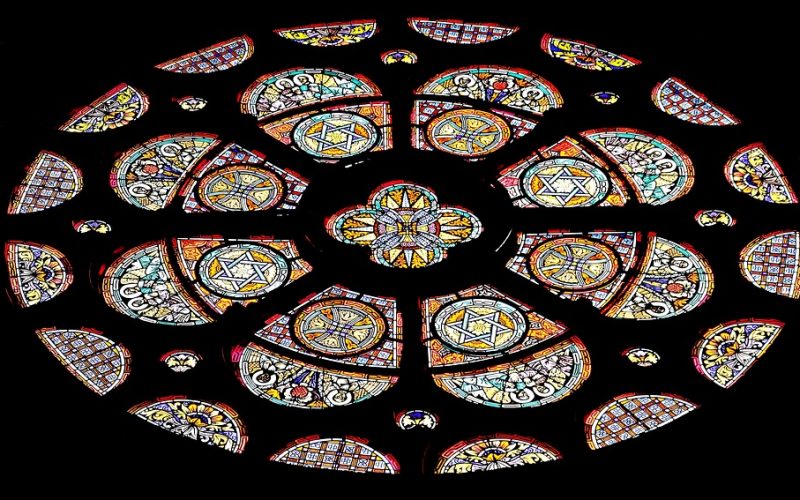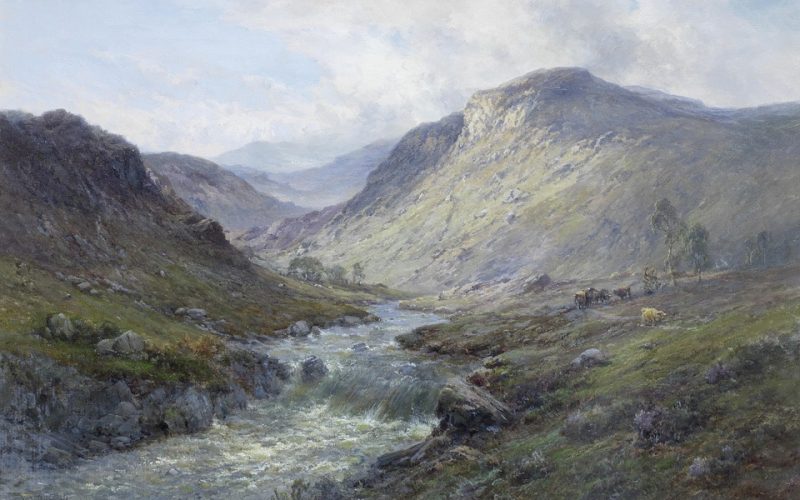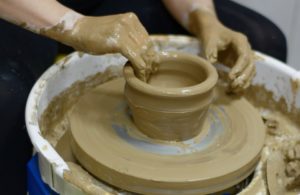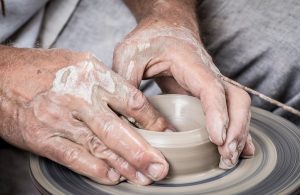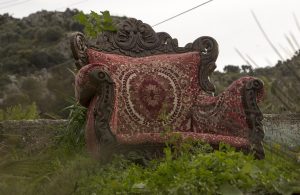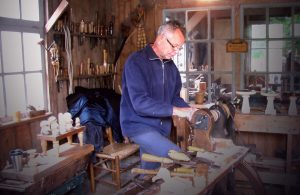The ability to capture stories through art dates back to some of the earliest human civilisations. From the caves of prehistoric times to the intricate mosaics of Roman villas, art has been a fundamental way to communicate, document, and preserve cultural narratives. This article explores how the Romans, Greeks, cavemen, and Aboriginal peoples used art to document their stories, offering a glimpse into their lives, beliefs, and values.
The origins of storytelling in cave art
The earliest form of storytelling through art can be traced back to the time of the cavemen, who adorned their cave walls with vivid depictions of their world. These prehistoric artists used natural pigments to create images of animals, human figures, and abstract symbols. Found in caves such as Lascaux in France and Altamira in Spain, these artworks are considered some of the first attempts by humans to record their experiences and beliefs. Through these paintings, we gain insight into the daily lives, hunting practices, and spiritual beliefs of our ancient ancestors.
Greek pottery as a narrative medium
The ancient Greeks took storytelling through art to new heights with their painted pottery. Greek vases, plates, and cups often featured intricate scenes from mythology, daily life, and historical events. These ceramics were not only functional objects but also served as a canvas for artists to convey complex narratives. The use of figures and patterns allowed Greeks to immortalise stories of gods, heroes, and epic battles. The surviving pottery pieces provide a vivid insight into the cultural and social fabric of ancient Greek society, highlighting their values, beliefs, and historical events.
Roman mosaics and frescoes as historical records
The Romans, like the Greeks, used art to narrate their history and achievements. Roman mosaics, made from small stones and coloured glass, were a popular medium for storytelling throughout the empire. These intricate works of art were often found in public buildings, villas, and bathhouses, depicting scenes from mythology, daily life, and important historical events. In addition to mosaics, Roman frescoes adorned the walls of homes and public structures, providing a vibrant visual record of Roman life. The art of the Romans not only celebrated their accomplishments but also preserved the stories of their conquests and cultural heritage for future generations.
Aboriginal rock and bark painting traditions
For the Aboriginal peoples of Australia, art has long been an integral part of their cultural narrative. Aboriginal rock paintings found across the continent date back thousands of years, with some estimated to be over 40,000 years old. These artworks, created using ochre pigments and other natural materials, depict the Dreamtime stories that form the foundation of Aboriginal culture. In addition to rock art, Aboriginal artists also practised bark painting, creating intricate designs on strips of tree bark. These artworks are deeply symbolic, representing ancestral stories, spiritual beliefs, and connections to the land.
Common threads and unique expressions
While each of these ancient cultures had their unique styles and mediums for storytelling through art, there are common threads that run through their work. Each culture used art to document their history, beliefs, and daily lives, creating a lasting legacy that offers insight into their world. Art served not just as decoration but as a powerful tool for communication and preservation, allowing stories to be passed down through generations.
The enduring impact of ancient art
The art of the Romans, Greeks, cavemen, and Aboriginal peoples continues to captivate and inspire us today. These ancient artworks provide a window into the past, revealing the rich tapestry of human history and creativity. By studying these artistic expressions, we gain a deeper understanding of the values, beliefs, and experiences that shaped our ancestors' lives. More than mere artefacts, these artworks are a testament to the enduring power of storytelling through art, reminding us of the universal desire to share our stories with future generations.
